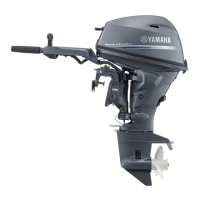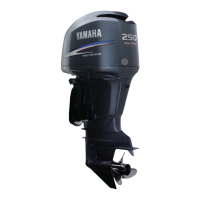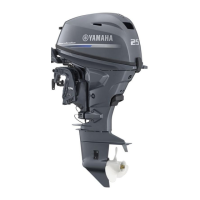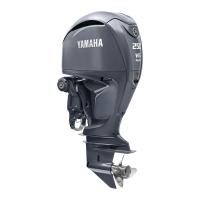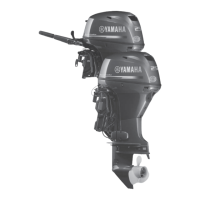Why is my Yamaha F25G vibrating excessively?
- RrmoonJul 29, 2025
If your Yamaha Outboard Motor is vibrating excessively, it might be due to several reasons. First, check the propeller for any signs of damage and have it repaired or replaced if necessary. Also, inspect the propeller for weeds or foreign material and clean it. If the propeller shaft is damaged or the steering pivot is loose or damaged, have it serviced by a Yamaha dealer. Finally, make sure that the outboard motor mounting bolts are tightened; if they are loose, tighten them or have a Yamaha dealer service them.
